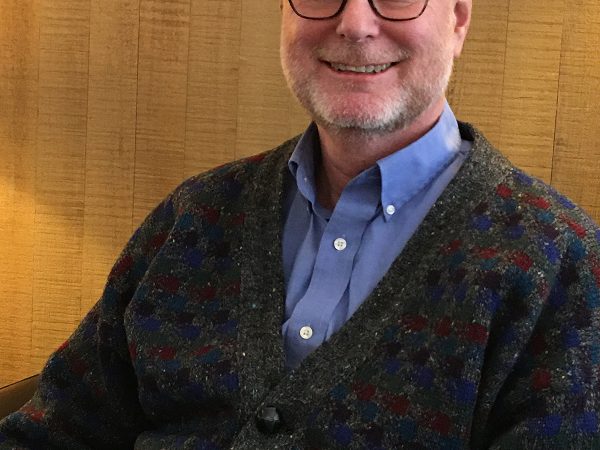
Two kinds of dead ends can happen in psychotherapy: The first occurs when the therapy consists only of interpretation and inference without an experiential process. The second dead end happens when there are [clearly felt] emotions, but they are repeated over and over. (Gendlin, p. 7, 1996)
Therapy often becomes an attempt to understand a situation like, “why am I so anxious?” Therapists and clients engage in detective work about causes, beliefs and behaviors that lead to anxiety. This investigation can be interesting but seldom leads to change unless there is time spent touching into the bodily felt experience of being anxious.
This first dead end could be called staying in your head or as Gendlin (1996), whose research led to the discovery of Focusing, referred to it, “dead-end discussion” (p. 7). We are taught both to know the answer to things (we assume one already exists) and to use our intellect to figure things out. We say things like, “It must be because I am so hard on myself. You would think by now I would have grown up and made these changes.” Notice the word must. “It must be” is an inference about something without ever sensing into it. This intellectually jumped to conclusion doesn’t lead to anything new.
The way out of this mental ping-pong match is to slow down and notice what effect anything that is said or done has on how the problem is directly experienced. In the example above the client says, “It must be because I’m so hard on myself.” What would you say in response? I might say, “You’re sensing something about the way you treat yourself that feels hard. Can you sense in here (hand on my chest) how it feels when you’re hard on yourself?” I am directing the client to sense their experience directly, bodily, in the moment. From there, little steps of change can arise because the client has the issue as a living something to be explored further. Without directly experiencing it, an issue remains static and conceptual, waiting for some outside pressure to make it better.
The second dead end is one of unchanging feelings. Clients often have strong emotions, but rather than resolving the feelings repeat and nothing changes. Dead end feelings remain the same because they seem rather clear and final. While emotions include a somatic awareness, most clients don’t know how to stay with it and explore the unclear murky edge of their experience. Moreover, most schools of therapy do not provide training in how to help clients with this process.
The way out of this dead end is by helping the client sense into and below the emotion that seems clear to a place of something felt, yet unclear. Focusing emerged from research, which showed that clients who made changes in therapy did so because they were already able to sense and explore the unclear edge of their experience. A client may say, “I’m so frustrated with him… (groping for words and hesitates) …well it’s more like a feeling of deep disappointment. I was hoping it would be different this time.” You can see in this example how the content of the experience begins to change as the client explores the vague edge in her relationship. This occurs because the client is in touch with the felt living process of their experience.
Every experience and event contains implicit further movement. To find it one must sense its unclear edge. Every experience can be carried forward. Given a little help one can sense an “edge” in the experience more intricate than one’s words or concepts can convey. One must attend to such sensed edges because steps of change come at those edges. (Gendlin, p. 15 1996)
Reference:
Gendlin, E. (1996). Focusing-Oriented Psychotherapy: A Manual of the Experiential Method.New York: The Guilford Press.



